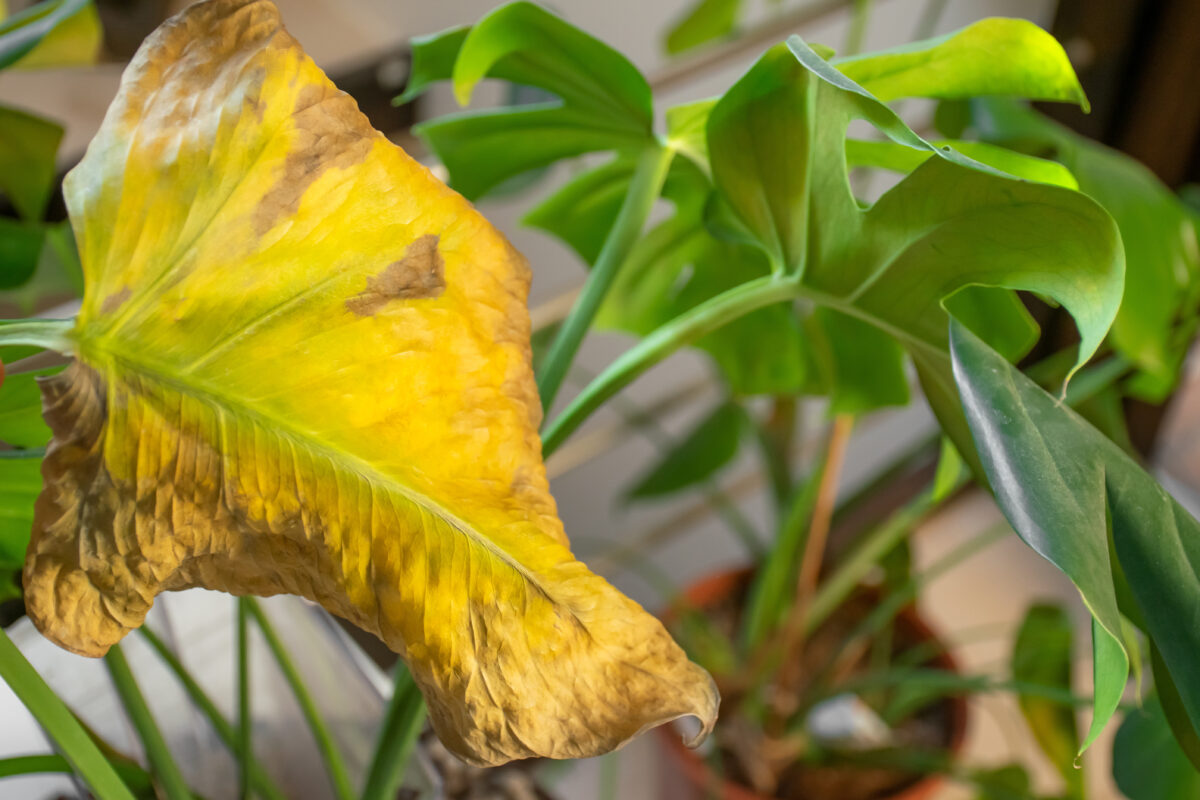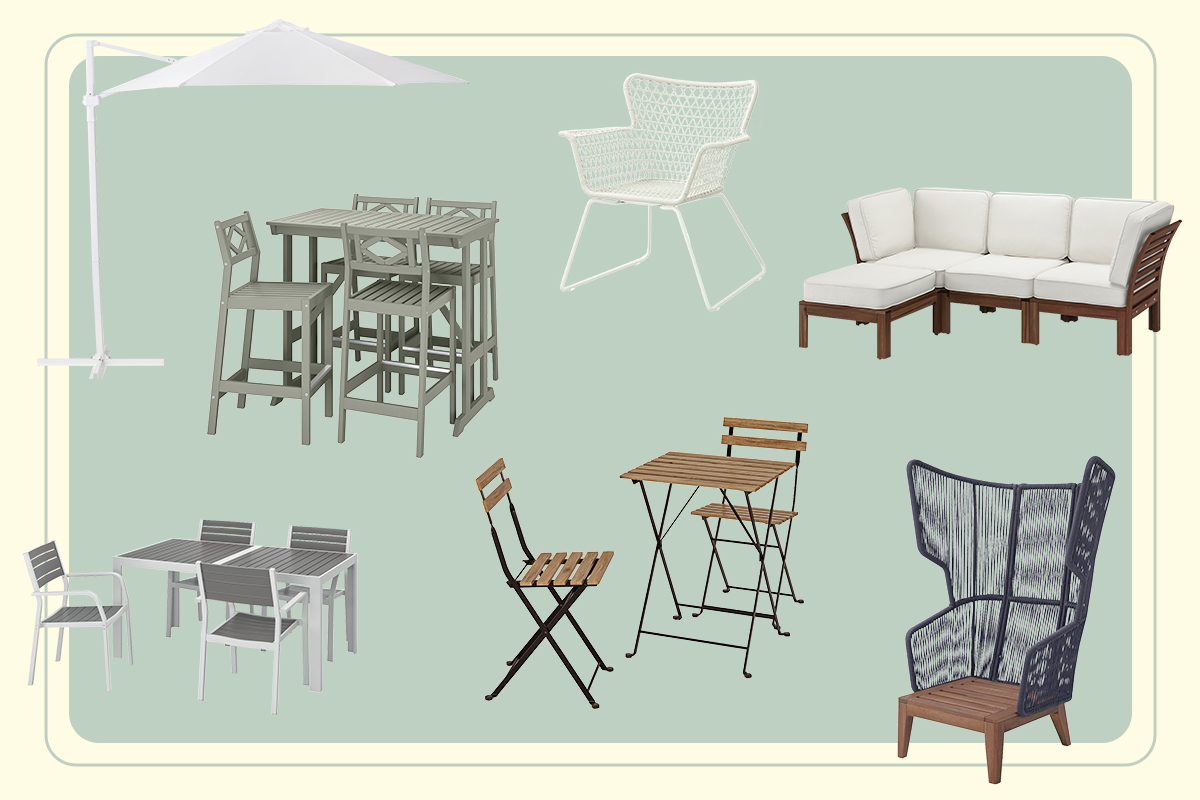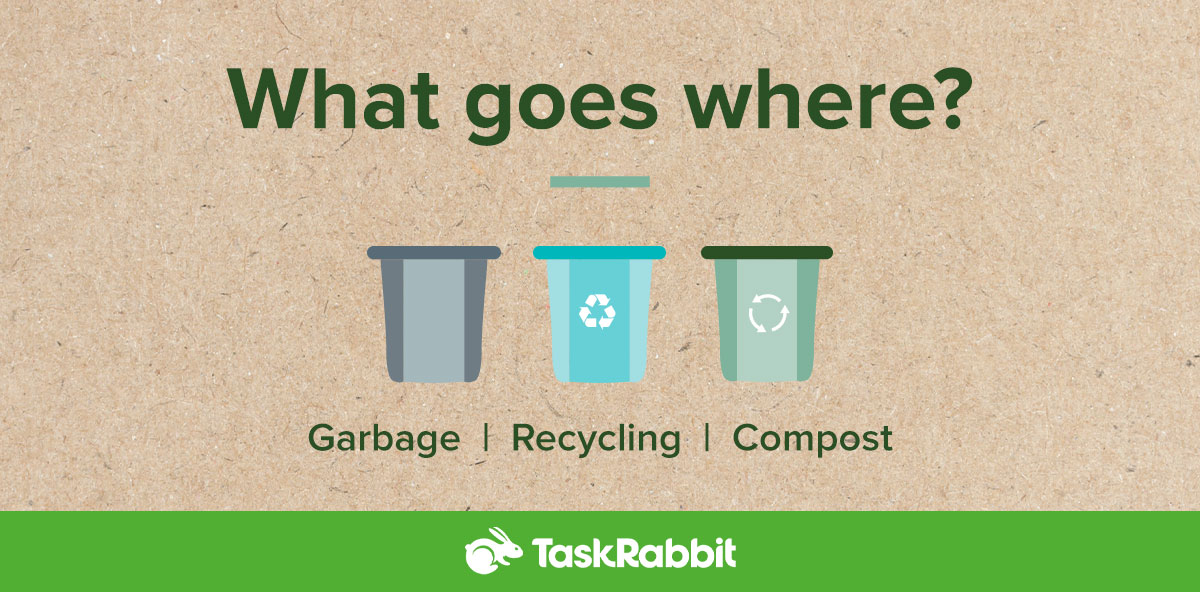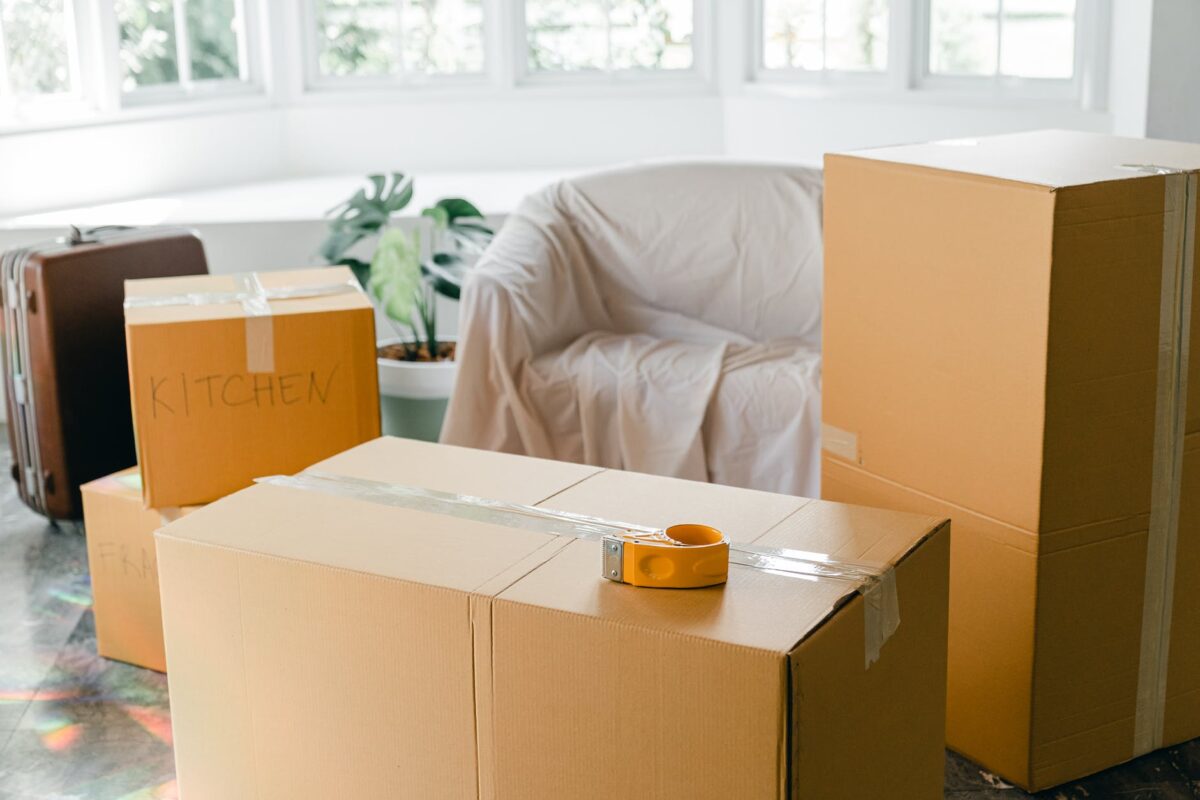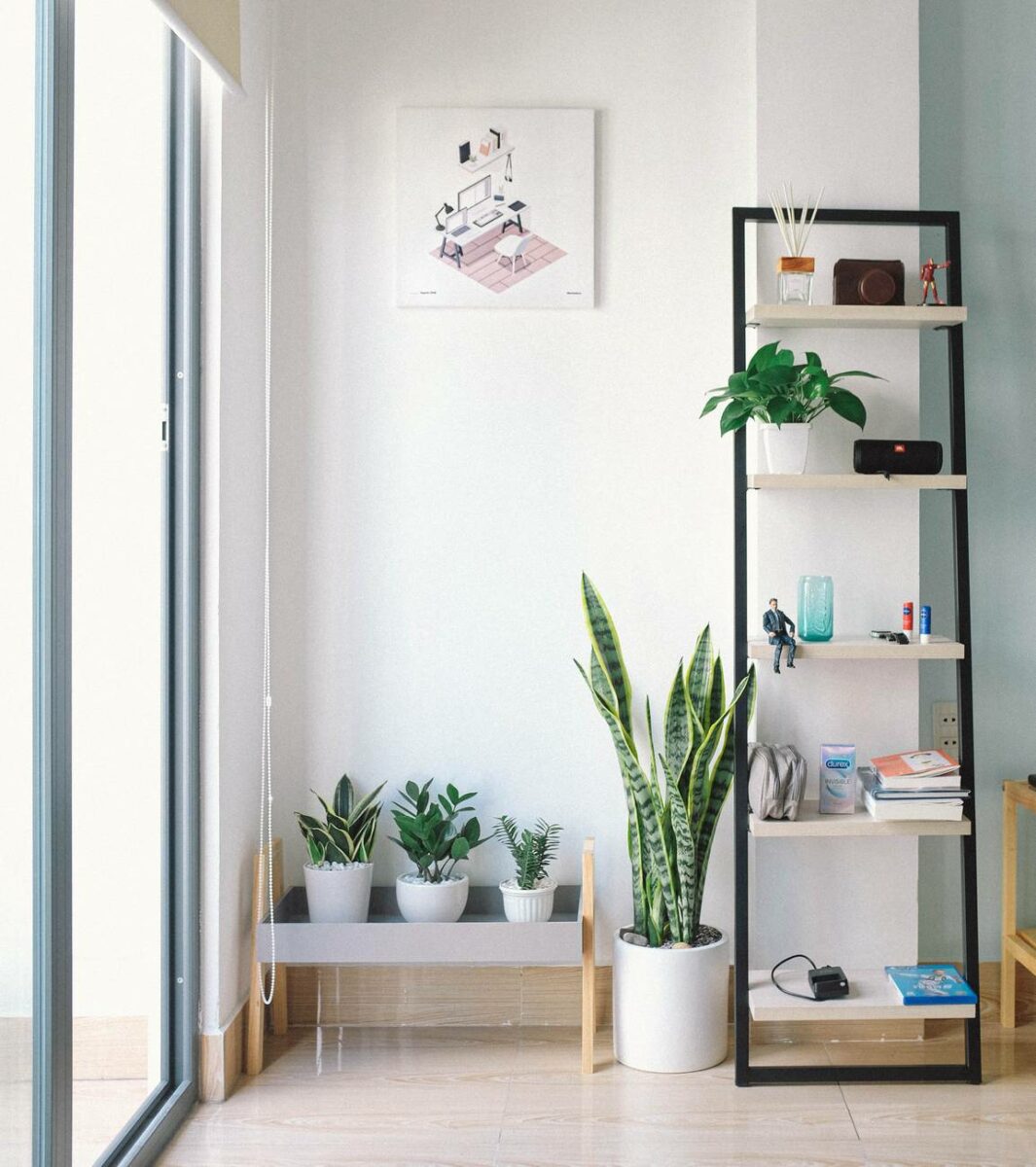“Plant leaves turning yellow” is a common house plant woe, and more often than not, it’s simply a communication method from your plant telling you either that something is going wrong or that it’s making room for new leaves. Because plants are living things that need proper care, it will always help to know what type of plants you have and what type of care they need.
When your plant leaves turn yellow—an ailment also known as chlorosis—there’s usually a reason. This article dives into the reasons behind yellowing leaves and will equip you with knowledge to nurse your leafy green friends back to health.
Why Are My Plant Leaves Turning Yellow?
Leaves turn yellow because chlorophyll, the pigment responsible for vibrant green color, starts to break down. This breakdown can occur for various reasons, many of which are easily fixable. Here’s a breakdown of some of the most common culprits behind yellowing leaves.
Watering issues

Both underwatering and overwatering can trigger leaf yellowing. Underwatered plants lack the moisture they crave, leading to wilting and yellowing leaves—particularly the lower leaves. On the other hand, too much water will suffocate the plant’s roots, hindering their ability to absorb water and nutrients. This can cause leaves to turn yellow and eventually drop.
Sunlight problems

Light plays a crucial role in plant health. Too much direct sunlight can scorch leaves, causing them to turn yellow or brown with crispy edges. On the other hand, not getting enough light may lead to long and straggly stem growth and yellowing leaves, particularly on the plant’s lower areas.
Nutrient Deficiency
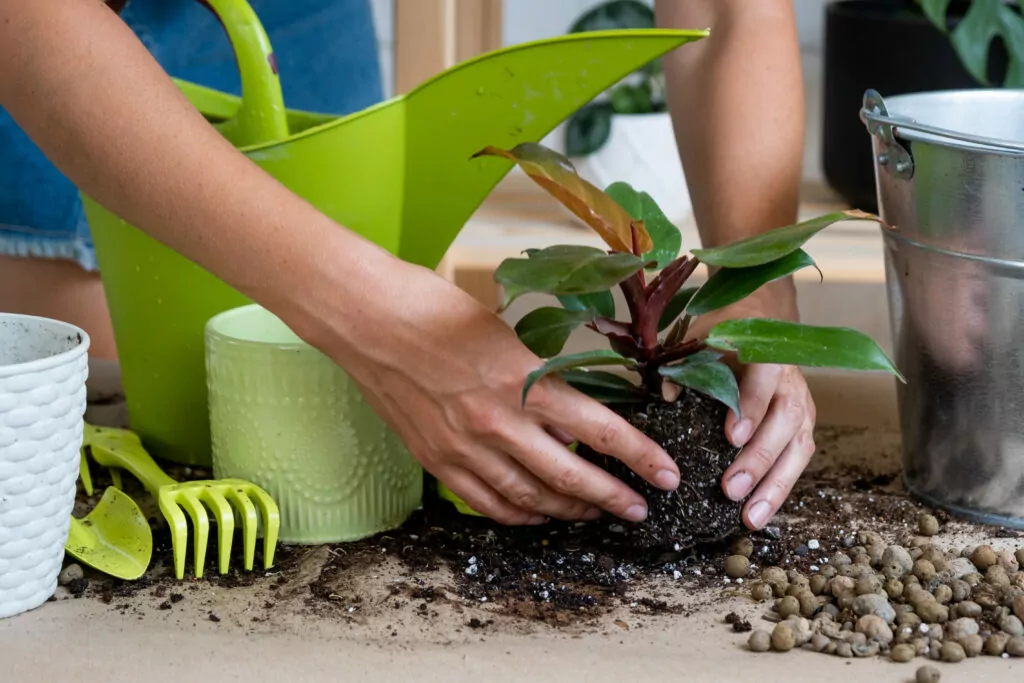
Plants require a balanced diet of nutrients for optimal health. A lack of essential nutrients like nitrogen, magnesium, or iron can manifest as yellowing leaves—often with specific patterns. If you want a healthy plant, here are the main types of nutrient deficiencies to watch out for:
- Nitrogen deficiency: This may cause yellowing that starts on older inner leaves and progresses outward toward newer leaves.
- Iron deficiency: This can show as a yellowing between leaf veins and typically starts affecting leaves at the top of the plant and branch tips first.
- Potassium deficiency: This causes leaf tips to turn bright yellow while the inner part of the leaf stays green. Symptoms first show up in older leaves before their edges eventually turn brown.
- Magnesium deficiency: This typically shows first on older leaves as yellow patches between their veins. Veins stay green while the yellow color moves outward from the leaf’s center. The leaf’s edges are the last part to turn yellow.
- Sulfur deficiency: New leaves are affected first as the leaf yellowing slowly spreads into older leaves.
- Calcium deficiency: Calcium plays a crucial part in plant growth, and a deficiency in this element first hits smaller leaves with leaf-tip burns or blossom-end rot.
Both outdoor and indoor plants can also be under-fertilized or over-fertilized, so make sure to research how to keep your plant’s nutrition at optimal levels.
Moisture Stress

Yellow leaves on a plant can also be caused by soil moisture stress, and while this can happen due to overwatering, it’s not always the case. Factors like low humidity, dry air, or sudden temperature fluctuations can cause moisture stress, leading to yellowing leaves. Crispy brown edges and wilting can also accompany this.
Root Damage

This can happen in many ways, whether you accidentally damage a root while repotting a plant or your plant starts suffering from root rot caused by overwatering, poor drainage, or even soil fungi. When a plant outgrows its pot, the roots become compacted, which can cause further damage. To check for root rot, pull your plant out of its pot. If the roots are white, they are healthy. If they’re dark and foul-smelling, it’s time to consider a new plant.
Soil pH Balance

In order for your plants to access the nutrients they need, the soil pH needs the proper balance. In general, the majority of plants do best with a neutral to slightly acidic soil pH, near 6.0 or 7.0. Some plants, including rhododendrons and blueberries, love a more acidic soil in the 4.5 to 6.0 pH range.
Pests or Disease

These are likely the least common problems you’ll run into when you’re asking, “Why are my plant leaves turning yellow?” Even so, insect infestations or fungal diseases can damage leaves and cause yellowing. Look for signs of pests like aphids or spider mites, or check for fungal growth on the leaves or stems.
How To Fix Yellow Leaves on Plants?

If you’re wondering, “Why are my tomato plant leaves turning yellow?” (or if you’re noticing your snake plant leaves turning yellow, your money plant leaves turning yellow, or your zz plant leaves turning yellow—you get the idea!) don’t immediately worry. Chances are high that you’ll be able to nurse your plant back to health with some basic TLC. Here are three key steps to take.
Identify the Cause

The first step you should always take when there are yellow leaves on a plant is to diagnose the cause. Consider recent changes in watering habits, how much light exposure the plant is getting, or if you’ve noticed any pests affecting it. Refer back to the common reasons listed above to narrow down the possibilities.
Adapt Your Care Regimen

Once you’ve identified the cause, adjust your plant care routine accordingly. If underwatering is the issue, increase watering frequency and make sure the soil gets properly moistened—you never want too little water. Conversely, for overwatering, allow the soil to dry out more between waterings. If light seems to be the problem, relocate your plant to a more suitable spot, or adjust window coverings. For potential nutrient deficiencies or if jammed roots are the problem, consider repotting the plant in a larger pot with a fresh potting mix, and supplement it with a balanced fertilizer.
Prune the Plant

While this is not always necessary for the plant’s health, removing the severely yellowed or brown leaves can improve its overall appearance. Use sharp, sterilized pruning shears to make clean cuts.
How to Prevent Leaves from Turning Yellow

Below are some proactive measures you can take to encourage new growth and prevent your plant leaves from turning yellow.
- Provide proper watering: Avoid extremes in watering. Develop a watering schedule based on the specific plant’s needs, and consider factors like pot size, plant type, and climate. Most house plants prefer their soil to be consistently moist but not waterlogged. A finger soil test can be helpful—just stick your finger into the soil up to your first knuckle. If it feels dry, it’s time to water.
- Light matters: Research the specific light requirements for your plant. Some plants thrive in bright, indirect sunlight while others prefer lower-light conditions. South-facing windows typically offer the most intense light, while north-facing windows provide the least. Rotate your plant periodically to ensure even growth.
- Feed your plants regularly: During the growing season (usually spring and summer), most house plants benefit from regular fertilization. Use a balanced, water-soluble fertilizer diluted according to the package instructions. Avoid over-fertilizing, as this can damage the roots and contribute further to plant leaves turning yellow.
- Monitor soil health: Over time, salts and minerals can build up in potting mix, leading to soil pH imbalances that can hinder nutrient uptake. Consider repotting your plants every 1-2 years with fresh potting mix to maintain optimal soil health.
- Ensure proper humidity: Many house plants prefer moderate to high humidity levels, especially those native to tropical regions. Dry air can contribute to moisture stress and yellowing leaves, so it can help to group plants together using a pebble tray filled with water or use a humidifier to increase the humidity around your plants. If humidity becomes a problem, try planting succulents, which thrive in dry conditions.
Lack Gardening Skills?
When your plant leaves are turning yellow, keeping them thriving can be a rewarding experience. Even so, it doesn’t always come easily! If you find yourself battling yellow plant leaves or other plant problems that require assistance from a green thumb, look no further than Taskrabbit! The platform can connect you with talented Taskers who have a wide range of skills, including plant care and other gardening services. Hire a Tasker today!
